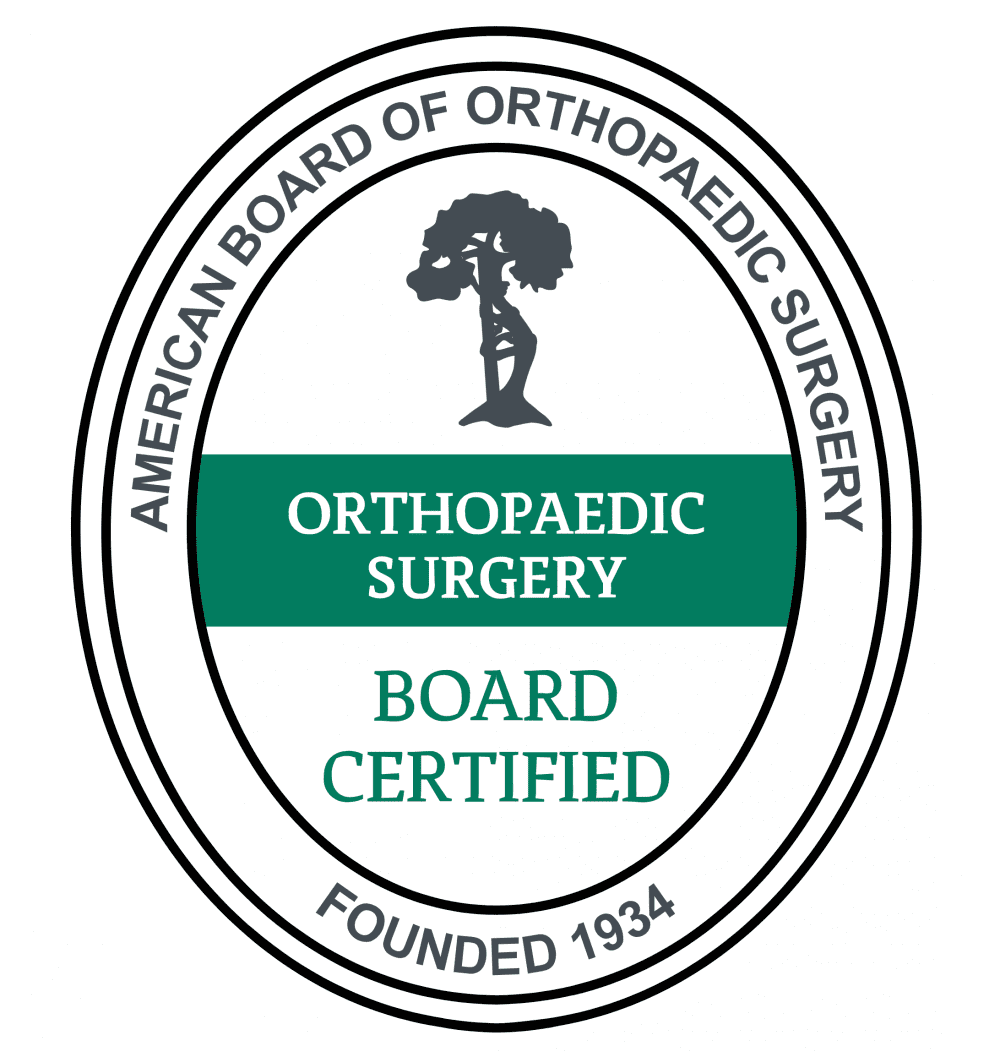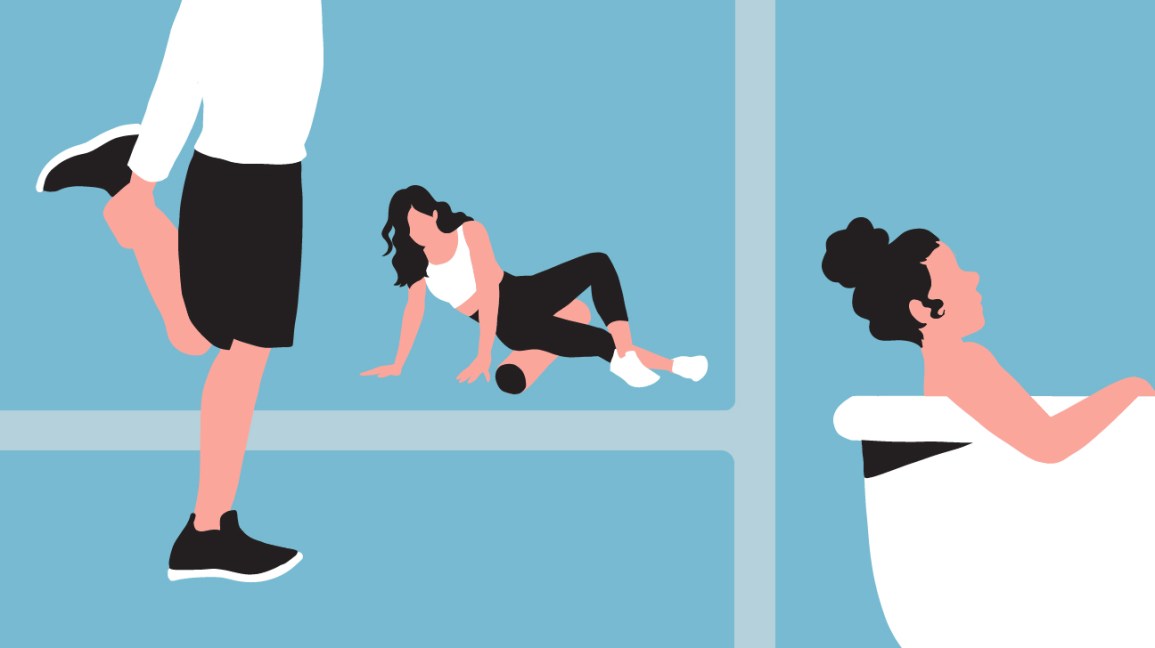
These at-home workouts are great for those with limited time and who don't want the hassle of going to the gym. Bodyweight exercises are excellent options for at-home exercises. They can be used to work all of your muscles, from your quads and butt up to your chest. For those who are new to the exercise routine or simply don't want to commit to going to the gym regularly, it might be a good idea to start with your own weight.
Home workouts do not require a lot and can be done by almost anyone. The best home exercises don't even require any equipment and are free. For home exercise, you won't have to pay for expensive gym memberships. You're not wasting your time traveling, and you can spend more time doing what you enjoy. It's possible to schedule your workouts around your day.

You can find many YouTube channels that offer at-home exercise. Some YouTube channels even feature celebrity trainers. The Live Strong YouTube channel features videos by fitness experts. Nicky Holender, for example, provides at-home videos that you can follow to get a great workout. Caroline Jordan Fitness offers workouts for core strength, flexibility, strength, as well yoga. Each workout comes with clear instructions and explanations. The many videos available at-home will allow you to make the most of your workouts and begin working out.
Many benefits can be derived from at-home exercises. They are easy to use, cost-effective, and convenient. More people want to be at home for their workouts, especially with the COVID-19 quarantines and pandemic. There are at-home fitness programs that will help achieve your goals. You'll love the convenience of at-home workouts. They can be done whenever you want. You can incorporate bodyweight exercises into your day if you don't have the time or desire to go to the gym.
A home EMOM workout can help you keep fit. It's a quick and effective way to get a great work out. An EMOM workout typically lasts 10 minutes and involves three moves each minute. If the movements feel too difficult, the fourth movement can be done. You may find the EMOM routine difficult to follow for beginners. However, you can give it a try for a few minutes and see how your body reacts.

Another benefit to at-home exercise is that there are no risks. It's very unlikely that you will injure yourself or cause injury if you do your workout outside. You won't be injured and you won't have to pay for a gym subscription. You should always listen to your body when choosing an at-home workout.
FAQ
What are the ten best foods to eat in America?
These are 10 of the best foods to eat.
-
Avocados
-
Berries
-
Broccoli
-
Cauliflower
-
Eggs
-
Fish
-
Grains
-
Nuts
-
Oats
-
Salmon
How often should I exercise
Fitness is key to a healthy lifestyle. There is no set time limit for exercising. Finding something that you love and sticking with it is the key.
Three times a week, you should be aiming to complete 20-30 mins of moderate intensity activity. Moderate intensity means that you will still be working hard even after your workout is over. This type works out burns around 300 calories.
Walking is a great option if you are a keen walker. You can do 10-minute walks four days per week. Walking is low-impact, easy on your joints, and it's also very gentle.
Jogging three times a week for 15 mins is enough if you want to run. Running is an excellent way to lose weight and tone your muscles.
Start slowly if you aren't used to doing exercise. Begin by only doing 5 minutes of cardio five times per week. Gradually increase the amount of cardio you do until you reach your goal.
Here are 7 ways to live a healthy lifestyle.
-
You should eat right
-
Exercise regularly
-
Sleep well
-
Drink plenty of water.
-
Get enough rest
-
Be happy
-
Smile often
What can be done to increase your immune system's effectiveness?
The human body consists of trillions of cells. These cells work together to form organs and tissues that perform specific functions. When one cell dies, another cell replaces it. Cells communicate with one another using chemical signals called hormonal hormones. Hormones regulate all bodily processes, from growth and development to metabolism and immunity.
Hormones are chemicals secreted by glands throughout the body. They travel through the blood stream and act like messengers to control how our bodies function. Some hormones are made internally, while others are created outside the body.
When a hormone-producing gland releases their contents into the bloodstream, hormone production begins. Once hormones have been released, they travel through the body until reaching their target organ. Some hormones are only active for a brief time. Some hormones remain active for longer periods of time and can continue to have an impact on the body's function long after they are gone.
Some hormones are made in large quantities. Others are only produced in very small quantities.
Some hormones only are produced during certain periods of life. For example, estrogen can be produced during puberty or pregnancy. Estrogen helps women develop breasts, maintain bone density, and prevent osteoporosis. It helps to stimulate hair growth and maintains skin's softness.
What are the top 10 healthy habits?
-
Every day, eat breakfast.
-
Don't skip meals.
-
Keep a balanced diet.
-
Get lots of water.
-
Take good care of your body.
-
Get enough sleep.
-
Avoid junk food.
-
Do some type of exercise daily.
-
Have fun
-
Make new friends
Statistics
- According to the 2020 Dietary Guidelines for Americans, a balanced diet high in fruits and vegetables, lean protein, low-fat dairy and whole grains is needed for optimal energy. (mayoclinichealthsystem.org)
- According to the Physical Activity Guidelines for Americans, we should strive for at least 150 minutes of moderate intensity activity each week (54Trusted Source Smoking, harmful use of drugs, and alcohol abuse can all seriously negatively affect your health. (healthline.com)
- This article received 11 testimonials and 86% of readers who voted found it helpful, earning it our reader-approved status. (wikihow.com)
- WHO recommends consuming less than 5% of total energy intake for additional health benefits. (who.int)
External Links
How To
What does the "vitamins” word mean?
Vitamins can be described as organic compounds found in food. Vitamins allow us to absorb nutrients from food. Vitamins cannot be made by the body; they must be taken from food.
There are two types of vitamins: water soluble and fat soluble. Water-soluble vitamins dissolve easily when they are dissolved in water. Examples include vitamin C,B1 (thiamine), B2 (riboflavin), B3 (niacin), B6 (pyridoxine), folic acid, biotin, pantothenic acid, and choline. Fat-soluble vitamins can be stored in the liver or in fatty tissue. These include vitamin D, E and K, as well as beta carotene.
Vitamins can be classified according to biological activity. There are eight major types of vitamins:
-
A – Essential for normal growth, and the maintenance of good health.
-
C – essential for proper nerve function.
-
D – Essential for healthy teeth, bones and joints
-
E - needed for good vision and reproduction.
-
K - essential for healthy muscles, nerves, and bones.
-
P - vital for building strong bones andteeth.
-
Q - aids digestion and absorption of iron.
-
R – Required for the formation of red blood vessels.
The recommended daily allowance of vitamins (RDA), varies according to age, gender, physical condition, and other factors. RDA values are set by the U.S. Food and Drug Administration (FDA).
For adults aged 19 and older, the RDA for vitamin B is 400 micrograms daily. For fetal development, pregnant women need 600 mg per day. Children ages 1-8 require 900 micrograms per day. Children under 1 year old require 700 micrograms daily, while infants over one year old need 500 micrograms every day. This decreases between 9 and 12 months.
Children aged 1-18 years need 800 micrograms daily, while children overweight require 1000 micrograms per days. Children who are severely obese or underweight will need 1200 micrograms each day.
Children between 4 and 8 years old with anemia will need 2200 micrograms daily of vitamin C.
2000 micrograms daily is required for adults over 50 to maintain their general health. Due to their increased nutrient needs, pregnant and breastfeeding women need 3000 micrograms daily.
Adults over 70 need 1500 micrograms daily, as they lose 10% of their muscle every ten years.
Women who are pregnant, nursing or breastfeeding need more than the RDA. Pregnant and breastfeeding women require 4000 micrograms each day during pregnancy and 2500 Micrograms each day after delivery. Breastfeeding mothers need 5000 mg per day when breastmilk is being produced.